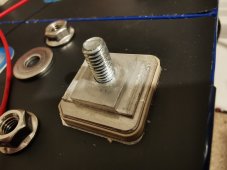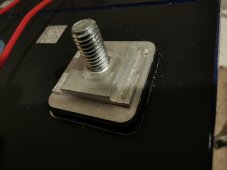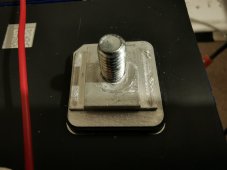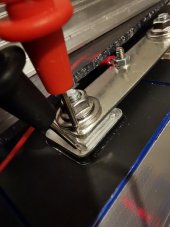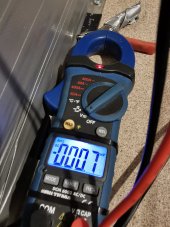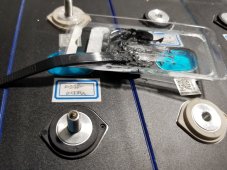Johannlog
The sun shines even on cold days
- Joined
- Apr 28, 2021
- Messages
- 99
So I've done some reading other posts on the topic and it looks like most every thread people are bemoaning how their torque wrench stripped of the bolt before it reached the specified torque... it seems like I could just do it by hand at that rate or do I need to buy a wrench that's $$$ more than the cheap bicycle ones?



